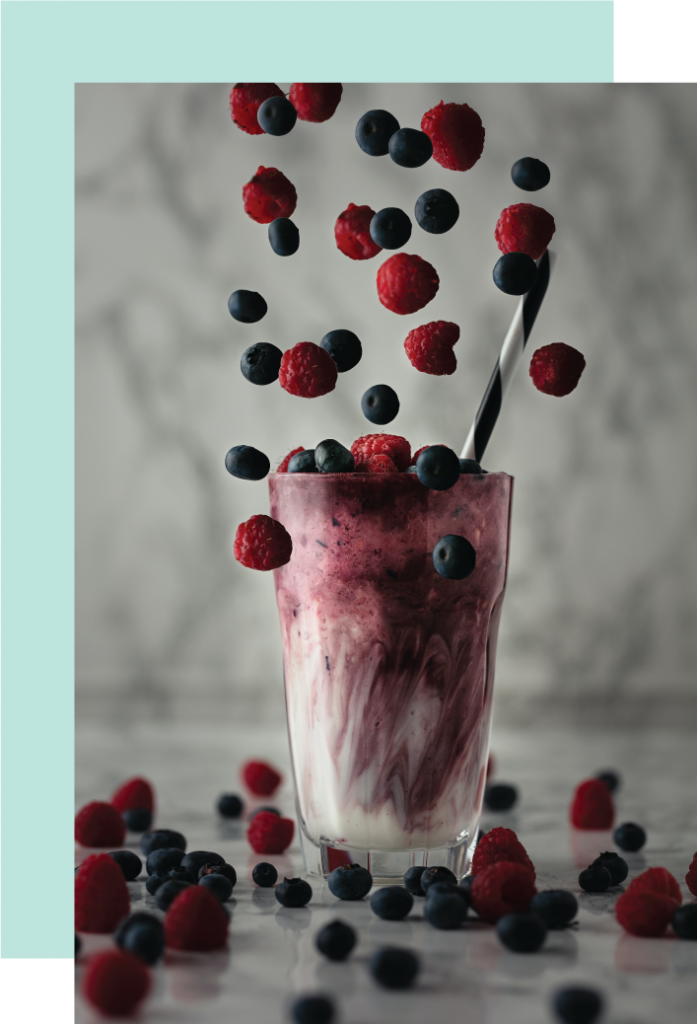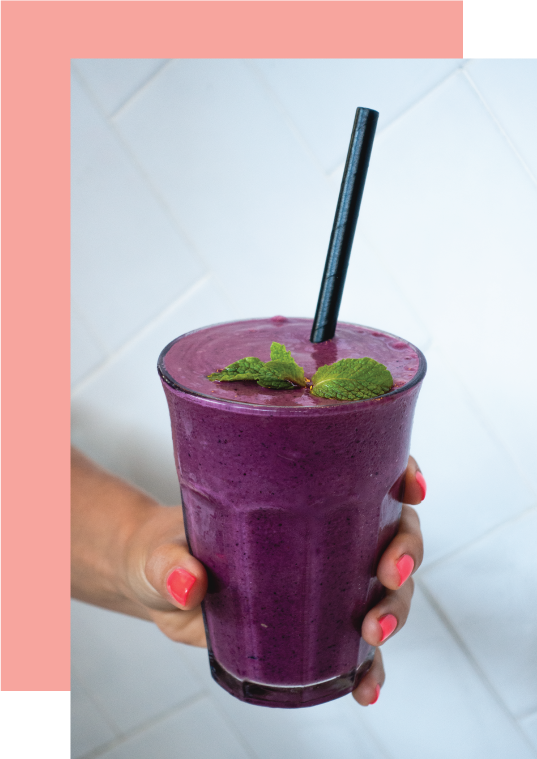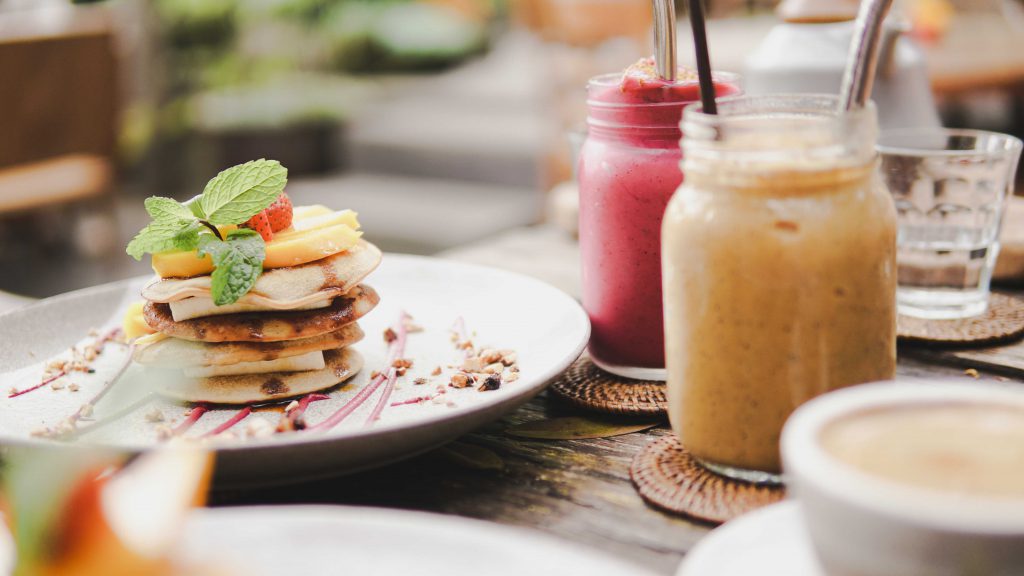The Blender And The Bar
Bar blenders have come a long way over the past 20 years, from when their most common use was in a hospital kitchen for special diets to home counter tops.
The sizes, designs and applications of the blenders have exploded, making the blender a must have appliance for nearly all food and drink merchants. Nowadays, there are so many models to choose from, each business can choose from a variety of top quality manufacturers who offer the most durable and versatile machines.

As health shakes, smoothies, margaritas and other blended juice drinks rise in popularity, making their way into bars and hotels, reliable bar blenders are in great demand.
Bar’s need blenders that can blend thick shakes and smoothies continuously and also to perform various other kitchen preparations because many bars are now serving food along with their drinks, they would like to own a blender that could handle all their blending and prepping needs.
Some people wonder what the difference is between a commercial blender and a home blender.
Beside the price difference, because the commercial blender is around five times as higher than the average home blender, even though they may look the same and be from the same product manufacturer.
Although two similar blenders can have the same size container and general appearance, the speed capacity, performance and durability in the internal system can be exceptionally different.
The commercial blenders are designed to take more abuse from every day non-stop use and they need to be able to handle heavy food contents, like large amounts of ice and fruit. There is also a difference in warranties. The commercial blender normally has a warranty of 3 years, while the average home blender is about one year.
For those businesses who depend greatly on the sales of their mixed drinks, like smoothies, shakes and juices, the volume of drinks sold have drawn more of a demand for a larger variety of speciality blenders.
Businesses now demand that their blender have special features and options like a built in programming option with various speed cycles and noise controlled enclosures. They also have a great demand for blenders that dispense juice and ice into a container from a self-contained reservoirs.
Some high quality brands of blender that are used in bars and other food businesses today are Kitchen Aid, Vita Mix, K-TEC, Breville, and Oster. These products rank high in reliability and can handle continuous blending tasks.

Bar Blenders – Read Before You Buy!
The Bar Blenders came into existence with the onset of Miracle Mixing machine! The blended emulsion never tasted any better than the time since the bar blenders were introduced into the commercial market.
What started as an invention of the blender in early 20th century as a machine to blend pastes and purees and juices and shakes, ended up bettering itself in order to cater to the needs of the drinks in soda fountain.
The upheaval of the taste buds when it came to the changing expression of alcoholic, the bar blender is what it takes to make one reach that high!
The bar blenders comes in the range from domestic use as small appliances to commercial use as blending stations. The VitaMix, Waring, KitchenAid, Cuisinart, Breville, Hamilton Beach are many more, are all competing neck-to-neck on making a presence felt in the category of bar blenders.
You become more open to experimenting and allowing the bartender to enter your world of specific likes and dislikes. Not only that, just to flaunt, the place becomes your favorite haunt with friends and family. These beverage blenders are today a happy check on the wish list of the bartender.
The Bar Blenders or the drink mixers, another name for the product, in the commercial arena are procurable in stainless steel, glass and polycarbonate material. Also the capacity of the container and the HP of blender is to be considered, depending on the volume and productivity. The capacity is also determined by making an estimate of the more popular drinks, and the number of order on it.
For example, a comparatively smaller bar may not need more than 32 oz. of capacity. However, bigger bars may opt for a blender with container capacity of 64 oz.

When blending liquids, especially alcoholic (mock-tails and cocktails) in a bar, the domestic style blender will not be able to give the desired results. The bar is, as the name states commercial by nature of business. Therefore, it becomes imperative to choose and make use of the heavy duty commercial blender for the bars.
This is important so as to cater to the intensive and exhaustive use of the machine. It is also mandatory that the consistency and quality of the drink be maintained given the business perspective. After all, if it were a concoction made at home, that just missed the bus you would have still had it! But the same in the restaurant would not, Oh no, Sir! would never ever work for you!
When the bar serves you with a concoction or a cocktail that make your lips go smack or just swirl, you want to come back for more. It would be surprising to know that they work just as well as food processors and food blenders.
The colors available in the market can adorn the ambience of the bar with the blender, black or blue or silver or red or for that matter, any other color that raises the spirits! Quite literally!
The HP is another decision making factor when it comes to blending thicker liquids from solid fruits / foods, depending on the kind of bar-menu we are dealing in. For simple processing, 2 – 3 HP motor blending power is sufficient.
Anything more than a frozen fruit of ice cube concentrated drinks, the HP of the motor would have to increase proportionately. A quick look at the menu (read type of drinks offered) and the traffic (read client base / foot fall) would help the bar reach a decision to purchase a specific bar blending machine.
The machines come in models ranging from hand blenders to kitchen counter top blenders, to immersion blenders, to professional bar blending stations.